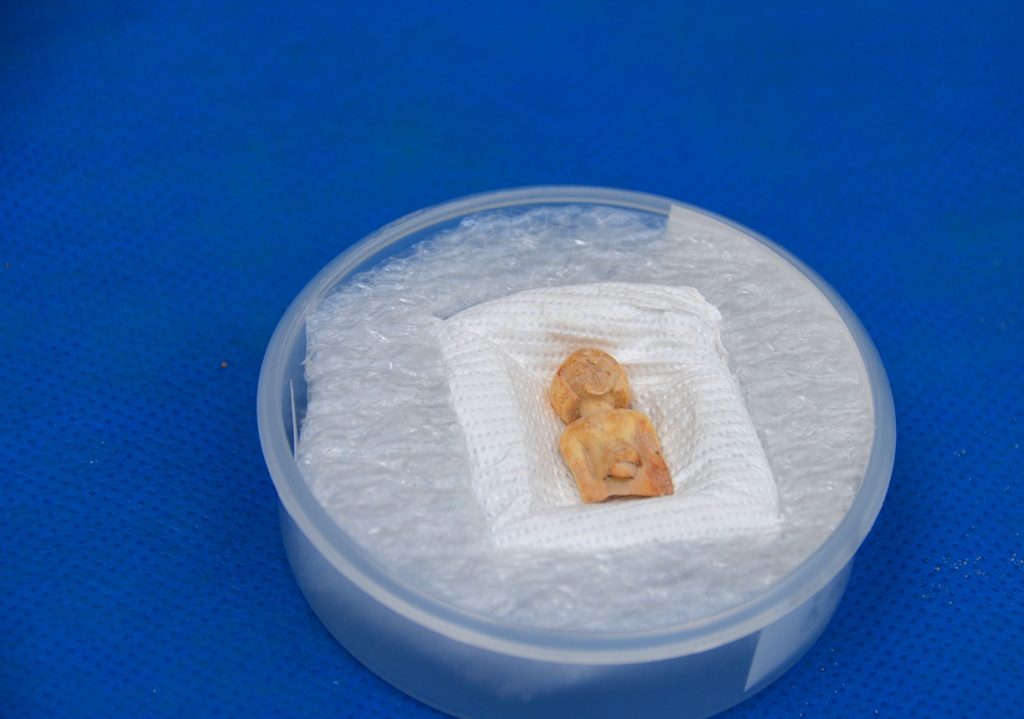It has been a hot and tense week
in Jerusalem, Israel.
On my visit to the Old City

I had to go through metal detectors.

They are at every entrance to the Western Wall Plaza.
These metal detectors have been in place for years
and they have not been removed.
Millions have passed through metal detectors,
often after waiting for long periods of time in line,
with no riots that I know of.
Last week during a heat wave,
while Muslims were protesting and rioting,

a group of African tourists came to the Kotel,
the Western Wall, as on any other regular day.
Over Jerusalem’s 3,000 year history,
it has been built and destroyed and rebuilt,
which is evident in the multiple layers found underground.
Notice the white fence in background of above photo?

Behind it archaeologists have carried out this excavation.
Dig down. You will find more history revealed.

While on the streets security was tense,

below in the Western Wall Tunnels
we saw a model of how the Second Temple
was constructed on a flat base over the foundation stone.

Thousands of people have come to see the tunnels.

Constant discoveries are being revealed,

such as a mikvah, ritual bath,
from the time of King Herod.

One large room shows multiple layers of stones
from various conquerors of Jerusalem over the centuries.
Jerusalem has so much history hidden under your feet.
Under what was once a parking lot near the Old City Walls

is today an excavation revealing what lay beneath the pavement.
Ir David, the City of David,

has posters for a new night-time show,

to be held in its new seating area.
The City of David is located just outside the walls of Old City.

This layer of blackened, destroyed homes
has been carbon dated to the time of the fall of the First Temple.
My friend got down to get a close up,

but I was more fascinated by this idol,
perhaps left over from the escape from Egypt,
which was found in the ruins.
So many coins and treasures, and history,

are hidden under these streets.

One day this street will be a major attraction.

The “stepped street” has not been open to the public.
It is the route of the ancient pilgrims bringing offerings
to the Holy Temple in Jerusalem,
and one day is to be

the new entrance to the Kotel, the Western Wall.
From the top of the Aish HaTorah building
we see above the Western Wall Plaza.

On the right is the Mughrabi Bridge,
the only entrance for non-Muslims to the Temple Mount,

where you will note,
security cameras are still very much in place.

Al-Aqsa Mosque was quiet that day,
though the calls to Muslim prayers filled the air.

Past a model of the Second Temple,
one can see the gold paint of the Dome of the Rock.
You may see photos of rioting on the streets,
but under the streets history is also unfolding.
Sometimes what you can not see is more encouraging
that what is happening above.
I’m sharing.
Thank you, please share.
Very exciting!
I hope to see it in person next month.
Lots to see – have a safe trip!
Sharon, you outdo yourself. will share,and thank you for representing us all over the Jerusalem Streets. When I was here in 1975 we would often walk through Damascus Gate, either to enter and walk to the Kotel or leaving the Kotel. Last week, for the first time I thought twice before going to visit my friend in the Hospital St. Louis near Jaffa Gate. May the Geulah (redemption) come soon enough. (The most amazing remark was the irate palestinian official who couldn’t stomach all the “settlers storming the wall to mourn the imaginary Temple”. )
You presented your information in a very interesting manor. Thank you very much.
Thanks for the wonderful post. I appreciate your sharing the video clip !
Thank you, feel free to share.
Pingback: Finding Valuable History under Jerusalem Streets – The Real Jerusalem Streets
Pingback: Sukkot Photos in Jerusalem: Best and Biggest – The Real Jerusalem Streets